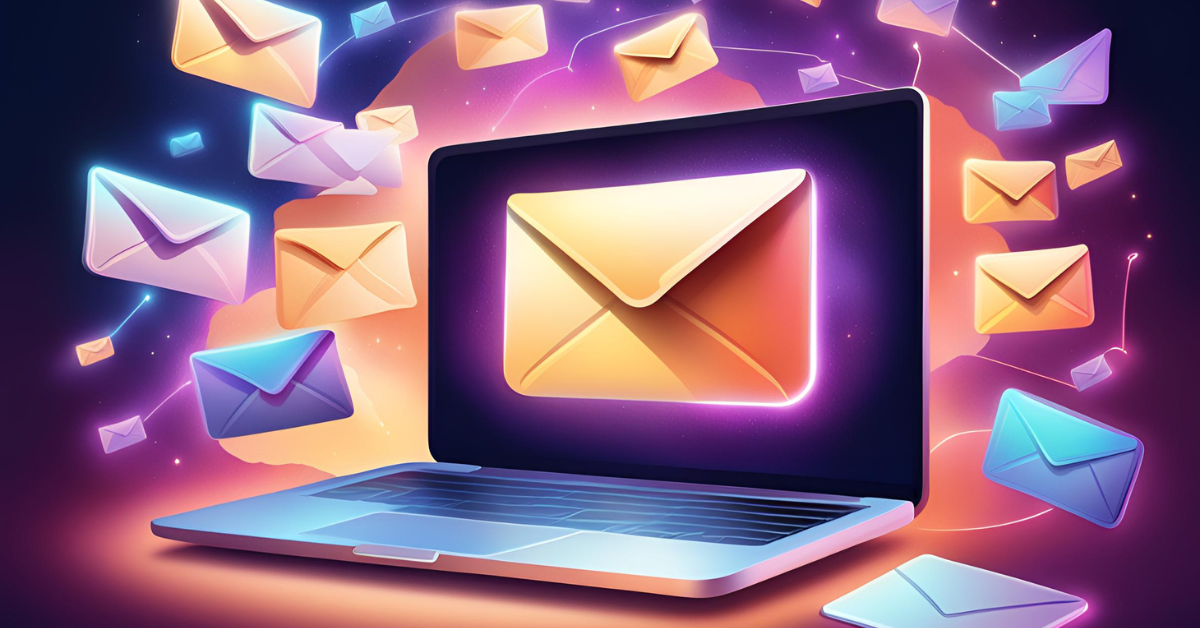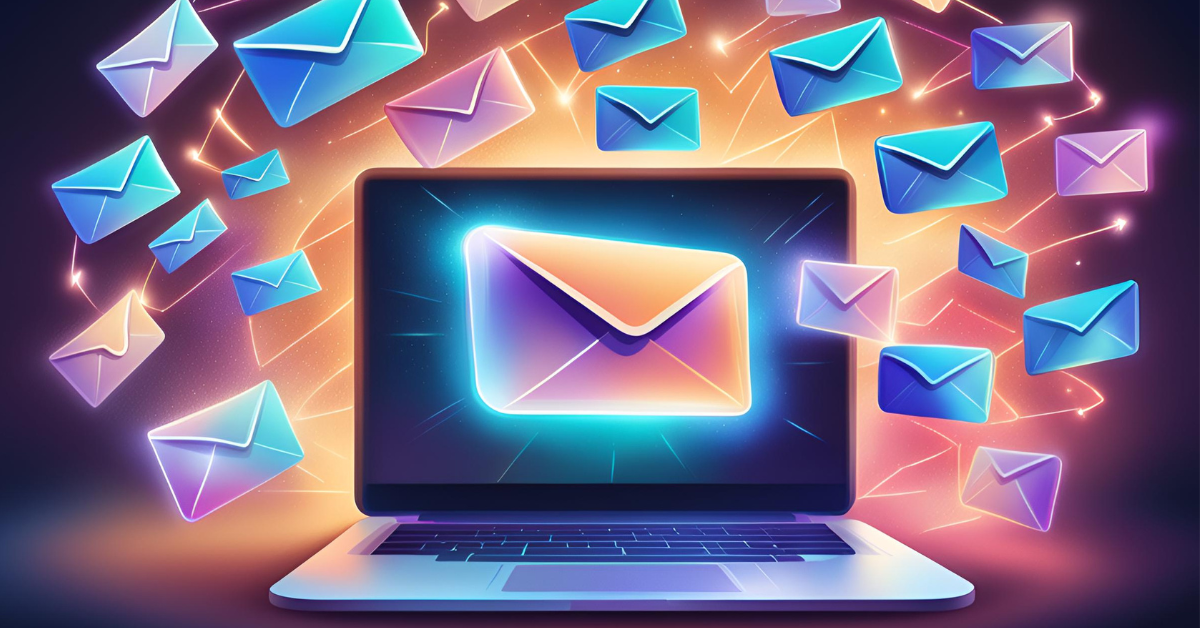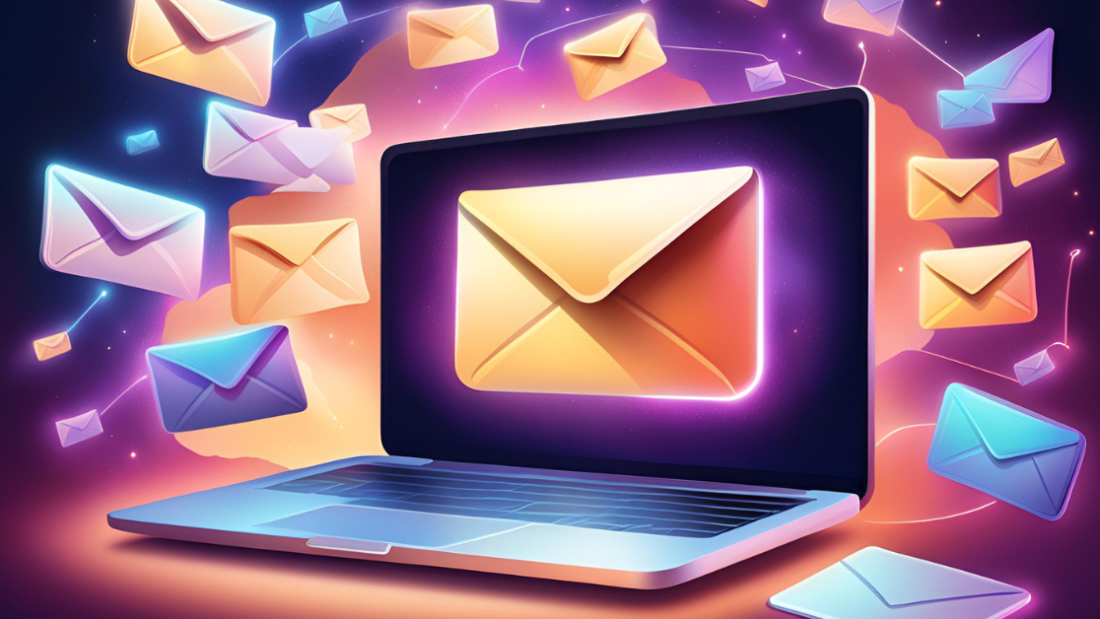Even as digital marketing changes, email marketing campaigns stay a strong tool for businesses big and small. Despite growing social media and messaging apps, email remains unique for its direct customer engagement. Successful emails aren’t just about sending notes. They’re about making thoughtful conversations that get things moving, make connections, and help the business grow.
A good email project mixes different points, from knowing your people and making interesting content to breaking up your list and looking at the results. This complete method makes sure that each email hits its mark, leading the reader towards the next step. The return on email marketing is huge, often beating other methods, making it a key part of any plan. This tutorial will go into the details of Email Marketing Campaigns, sharing knowledge, ideas, and the best way to do things. This will help you make powerful projects that get your people interested and meet your goals.
Table of Contents
The Foundation of Successful Email Marketing Campaigns
Let’s breakdown email marketing. It’s about both laying a solid structure and learning what makes a campaign click.
Here’s what you need to know:
- Let’s start with Knowing Your Audience:
Before you type that email, know who you’re talking to. Find out about their wants, likes, and problems. To gather the essential information, consider surveys, digest their feedback and use some tech tools.
- Divide and Rule – Segmentation:
Cut your email list into manageable chunks. Separate them by what makes them unique, maybe their age or what they’ve bought before. Better still, how engaged they’ve been. This magic trick helps you send them messages they relate to, which gets more reactions.
- Make It Personal – Personalization:
This is more than ‘Dear Alice’ or ‘Dear Bob’. It’s about stamps of individuality in the content, based on what they like or do. Use their past actions to give them offers and tips that speak to them directly.
- Look Catches The Eye – Design and Layout:
It’s true, looking good matters. Email Marketing Campaigns shouldn’t be any different. Keep them catchy and readable. Make sure they work on anything from PCs to smartphones.
- Test Drive It – A/B Testing:
Also known as split testing. Send two version of your email to a few. See how well they react. Maybe play with the headlines, graphics, or the action you want them to take. Use their reactions to spin your emails for a better run.

Crafting Effective Subject Lines
Your email’s subject line is key. It’s the first thing seen by receivers, affecting your email’s reading rate. Making engaging subject lines is both a creative and logical task.
Here’s how you make lines that catch readers’ eyes:
- Be Brief and Direct:
Aim for your lines to be brief yet comprehensive. Target a length of 40-50 characters so it’s readable on small screens. Share your email’s main advantage or information clearly.
- Foster a Feeling of Need:
Make the reader feel the need to open your email now by indicating urgency. Use expressions like “Available for a Short Time” or “Last Opportunity” to stir immediate reaction.
- Bring in Personal Touch:
Add the reader’s name or other personal details to make the line feel more relevant. Say, “John, Have a Look at Your Exclusive Deal” could turn more heads than a general line.
- Dodge Spam Indicators:
Keep an eye on words that may activate spam filters, like “Free,” “Assured,” or too many exclamation marks. Make appealing but honest lines.
- Experiment with Variations:
Do A/B testing with your lines to see which version works best. Look at rate of opening to spot trends and likes of your readers.
Writing Compelling Email Content
First, you need a catchy headline. Then, it’s all about creating content that attracts and persuades.
Let’s look at how you can do this for your emails:
- Give Something Useful:
Your content should be valuable to the reader. You can share educational articles, special deals, or handy advice. The aim is to meet the reader’s needs or interests.
- Keep It Simple:
Use a relaxed, straightforward, and brief style. Steer clear of complicated terms. Short paragraphs and bullet points help readers quickly grasp the content.
- Have Clear CTAs:
A distinct CTA in your email leads the reader to the action you want. Choose powerful, action-like words, and make your CTAs pop with bold colors and visible locations.
- Spin a Tale:
Telling stories can make your emails more appealing. Narrate client victories, brand stories, or illustrative examples to stir emotions in your audience.
- Be Smart with Images:
Using visuals like pictures, infographics, or videos can boost your message. They should fit with and enhance the content. But, be careful not to jam your email with too many visuals, as it can slow the download rate.

Designing for Mobile
More and more people look at their emails on their phones. This means we need emails to look good on smaller screens.
So how can we do this?
- Firstly, Responsive Design:
This means your Email Marketing Campaigns will change to fit any screen size. Always check how your emails look on different devices and email programs. That way we know they’ll look good for everyone.
- Secondly, Keep Layouts Simple:
Make your email structure plain and easy to use. Use designs with just one column, and big buttons that you can tap easily. This will make using small screens easier.
- Thirdly, Optimize Images:
Make sure your pictures load fast on mobile. Use the right size and type so they don’t take forever to load.
- Lastly, Test on all Devices:
Always check your emails on different gadgets and email systems to find and fix any issues. That means every person using your emails has a good experience, no matter what.
Timing and Frequency of Email Marketing Campaigns
When does the sending of your Email Marketing Campaigns matter and how often?
To get the best results, consider this:
- Understand Your Readers: Dig into data to find out when people you’re emailing are likely to check their inbox. This could change based on time zones, weekdays, or past habits.
- Choose Best Mailing Times: Use what you’ve learned to send mails when people are most likely to open them. This ups the chance your mail will get read.
- Don’t Overwhelm Readers: Change up how often you send emails. If you send too many, people might stop subscribing. If you send too few, they might not stay interested.
- Try and Tweak: Keep trying different mail times and how many you send to find what works. If something isn’t working, change it, based on any feedback or results you see.

Leveraging Automation and Drip Campaigns
Email automation and drip initiatives make your Email Marketing Campaigns smooth, boosting interaction.
Here’s how they work:
- Email Automation: Use automatic workflows. They send emails when specific things happen, like when a customer takes action or it’s a specific date. Think of welcome emails for new members, or purchase confirmation emails, and even wake-up emails for “sleeping” users.
- Drip Campaigns: With drip campaigns, you send a sequence of emails over a period. They help recruit leads, welcome new customers, or lead users on a particular path.
- Behavioral Triggers: Use behavioral triggers for targeted Email Marketing Campaigns. These are based on what the user does, like reminders for forgotten shopping carts, or hints for specific products. They make emails more relevant, boosting conversions.
- Personalized Content: Automation delivers personalized content using user details and activities. This could be custom offers, recommended products, and proposed content.
Advanced Techniques and Best Practices
- Dynamic Content: Amp up your Email Marketing Campaigns with dynamic content. It lets you tailor content for different email segments based on their likes and habits.
- Interactive Elements: Pop in fun stuff like polls, surveys, or interactive product showcases. It can up the interest level of your emails and get better click-through rates. It’s also a cool way to get feedback.
- User-Generated Content: Get your customers in on the act. Ask them to make and share content about your brand. Pop their stuff like reviews, shout-outs, or social media posts into your emails. This can help gain trust and credibility.
- Behavioral Analysis: Dig into how users act and engage. Use this info to tweak your email strategy. Data can point out trends, likes, and chances to get better.
- Regulatory Compliance: Keep your Email Marketing Campaigns on the up and up. Make sure you’re in line with rules like GDPR and CAN-SPAM. This means getting clear okays, offering easy out options, and keeping user info safe.
Measuring and Analyzing Campaign Performance
Boosting your Email Marketing Campaigns output means keeping tabs on how well it’s doing.
So, how do you do it?
- Track important statistics: Keep an eye on basics like open rates, click rates, conversions, and unsubscribes. This info shows how effective your email blasts are and what could be better.
- Crunch numbers with tools: Use analytics platforms to collect data and make reports on your Email Marketing Campaigns efforts. These give you a deeper look at customer engagement and campaign wins.
- Review your wins and losses: Check how close to your goals you’ve come. Compare how an email does versus older ones and industry standards, then figure out what to lift and what to drop.
- Make updates based on what you find: Refine your email strategy with the details you’ve learned. Make choices informed by data for all parts of your Email Marketing Campaigns – like content, design, send times, and audience groups – to get the best outcomes.

Case Studies of Successful Email Marketing Campaigns
-Let’s explore three case studies where different entities successfully boosted their output through targeted marketing strategies.
- A leading retail brand wanted to sell more and keep their customers happy.
The strategy? Customized email marketing. They divided their customers into groups. Frequent shoppers received emails with special offers and new product news. Occasional buyers saw personalized suggestions tied to their past behavior. And new customers got a warm welcome with deals and loyalty program info.
The success? Sales rocketed by a whopping 35% and they kept more of their customers – a 25% jump!
- A tech firm wanted to engage its users more and simplify getting started with their software.
Their trick was automated emails. Welcome messages introduced new users to the product. There were also tutorial emails and regular updates on new features.
The users loved this approach. Engagement surged by 40%; 20% more people started using their high-tech features.
- An environmental non-profit wanted to ramp up donations and keep their donors.
Their chosen approach was a drip campaign – gradually released, personalized emails.
Donors got thank you emails, updates on projects they funded, and appeals for more donations.
This strategy brought fantastic results with a 30% surge in donations and 15% more donors sticking with them over time.
These case studies show the power of targeted and personalized email marketing. Whether it’s for sales, user engagement, or donations, the right strategy can yield exceptional results.
Also Read- Low-Competition Keywords: 7 Smart Gains for SEO Success
Conclusion
It’s a tough digital marketing world out there. Email marketing shines as a key weapon to win. By using segmentation, personalization, and automation, companies can create right-on-target campaigns. These campaigns do more than just catch people’s attention. They build real bonds. Sending the perfect message to the perfect person at the perfect time can totally ramp up engagement. It can lead to more successful interactions, boost sales, and make customers happier. As many successful stories show, a rock-solid email marketing plan can work wonders. It can bump up sales, keep users coming back, and get people invested.
Peculiex could be key to rocketing your Email Marketing Campaigns results. It’s a new tool with smart features and automatic systems that can boost your email projects. Peculiex comes with strong analytics. With it, you can understand your subscribers better and create messages that hit the mark. It also automates your work, allowing you to set personal drip strategies and on-time replies without your intervention. Peculiex’s dynamic content lets you adjust your words to target portions of your readers based on what they like and do. This way, every email talks directly to the person getting it. Also, it has A/B testing, where you can try different methods and pick the best one.
Using Peculiex can not only improve your email projects but also make your overall marketing work better. This leads to stronger results, healthier connections with customers, and steady business boost. Trying out Peculiex can give you the push you need to get ahead in the busy world of digital marketing, setting you up for the long run. Boosting your email marketing success is about constant improvement. You need to learn from data, keep an eye on what’s new, and stay in tune with what your people want. By playing around and trying out fresh ideas, your Email Marketing Campaigns will still hit a bullseye. They’ll keep people interested and make a strong impact.
FAQs- Email Marketing Campaigns
What are the best practices for email marketing campaigns?
When it comes to effective email marketing, remember to split up your email list. Cater to your readers by personalizing the material. Make your emails look great on phones, come up with addictive subject lines, and always check your success rates. Following rules matters too, and so does steering clear of spam red flags.
How can I increase the open rates of my email campaigns?
Boosting open rates calls for catchy, apt subject lines along with personalized messages. Send your emails when your audience is most likely to engage and make sure your list features interested contacts. To figure out what strikes a chord with your readers, trying out different subject lines and contents is a good idea.
What are some common mistakes to avoid in email marketing?
Email marketing slip-ups often involve overfilling inboxes, overlooking phone-friendly designs, lacking unique touch in messages, and not splitting your contact list into groups. Moreover, steer clear of using jargon or overly salesy language and always adhere to the rules of email marketing.
How often should I send marketing emails to my subscribers?
Your email blitz timings hinge on your followers' likes and the worth of your content. A common milepost suggests weekly or every two-week emails. But, this can flex according to your work-type and audience. Keep a weather eye on how people interact. Twist your email drop times if needed.
What tools and platforms can help with email marketing campaigns?
There are a handful of tools and resources that can help with your email marketing, like Mailchimp, Constant Contact, Sendinblue, and HubSpot. They've got all you need! From nifty email design templates to clever automation and segmentation. They even have analytics to track your success and A/B testing to improve your strategies. They're the toolkit for the effective management and enhancement of your marketing campaigns.

Add a Comment